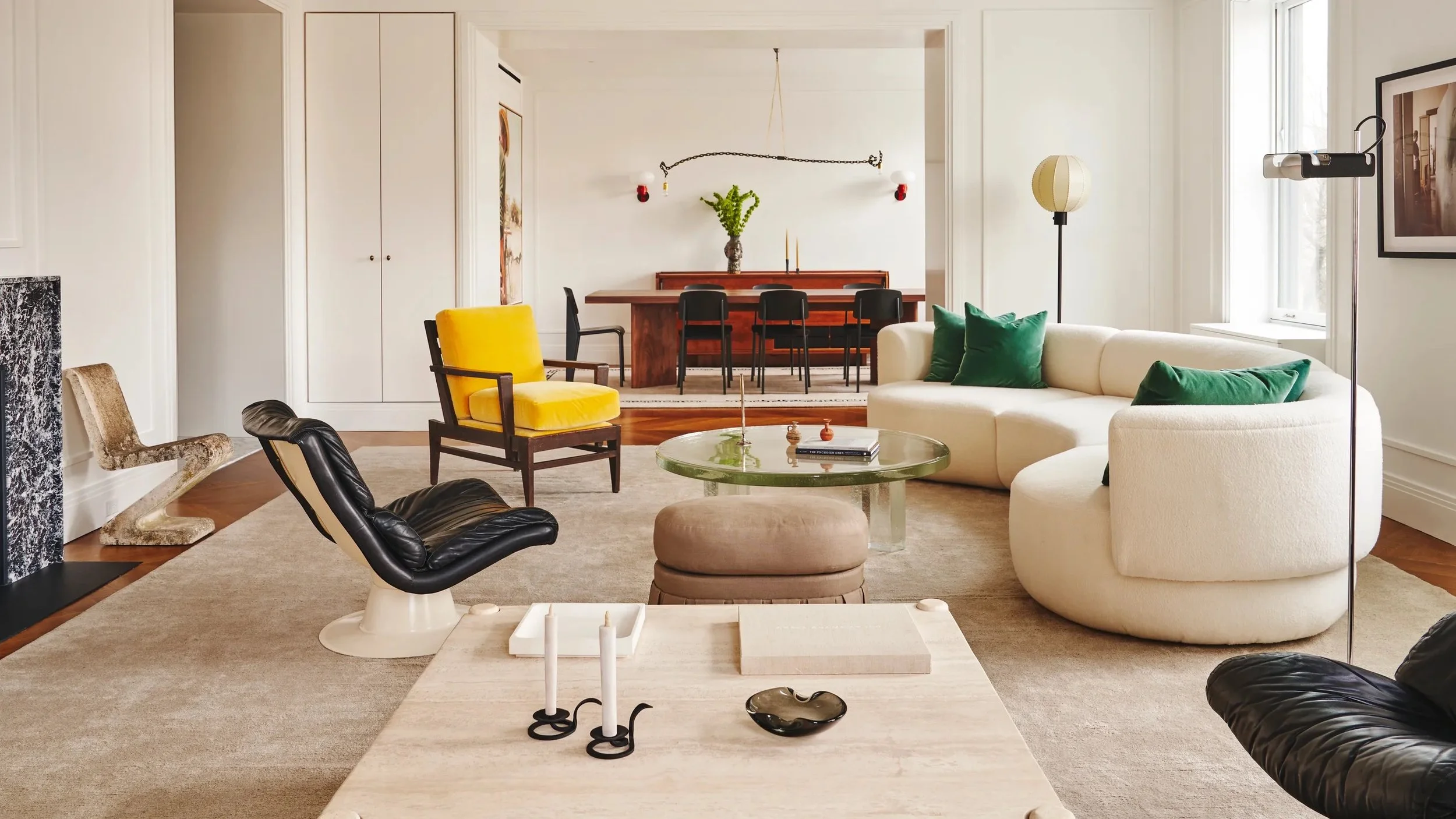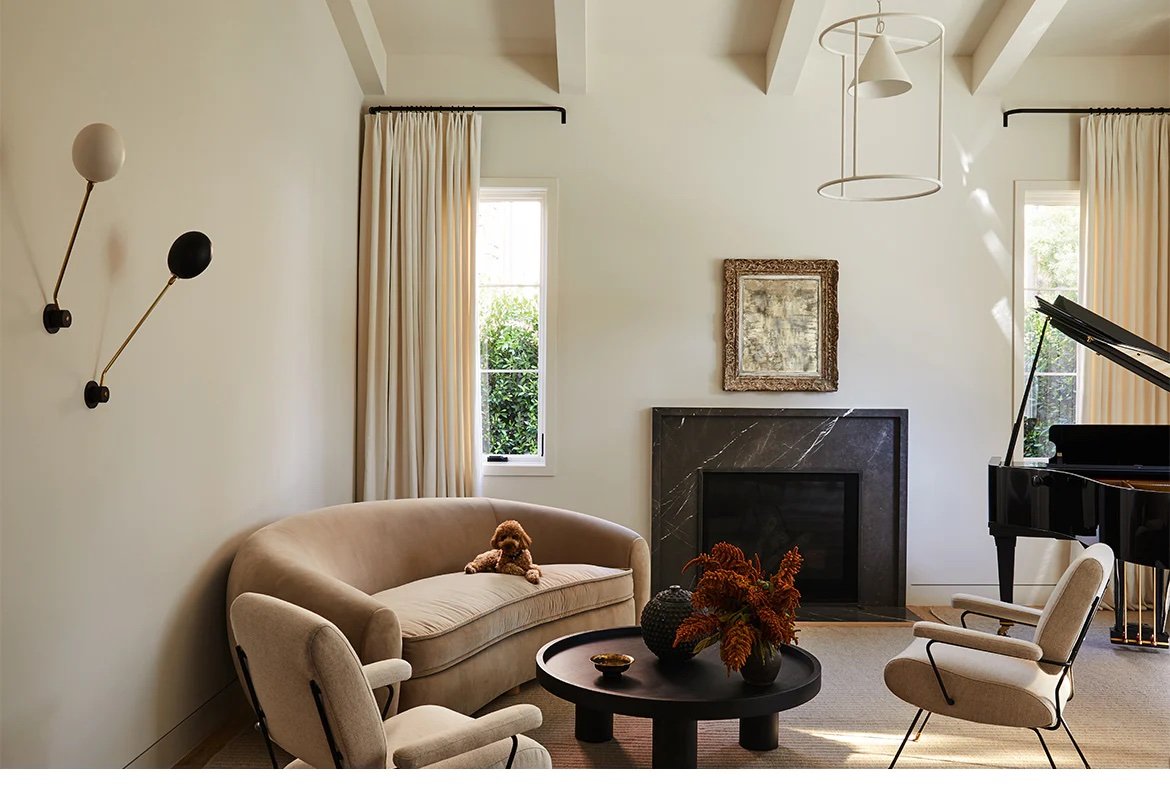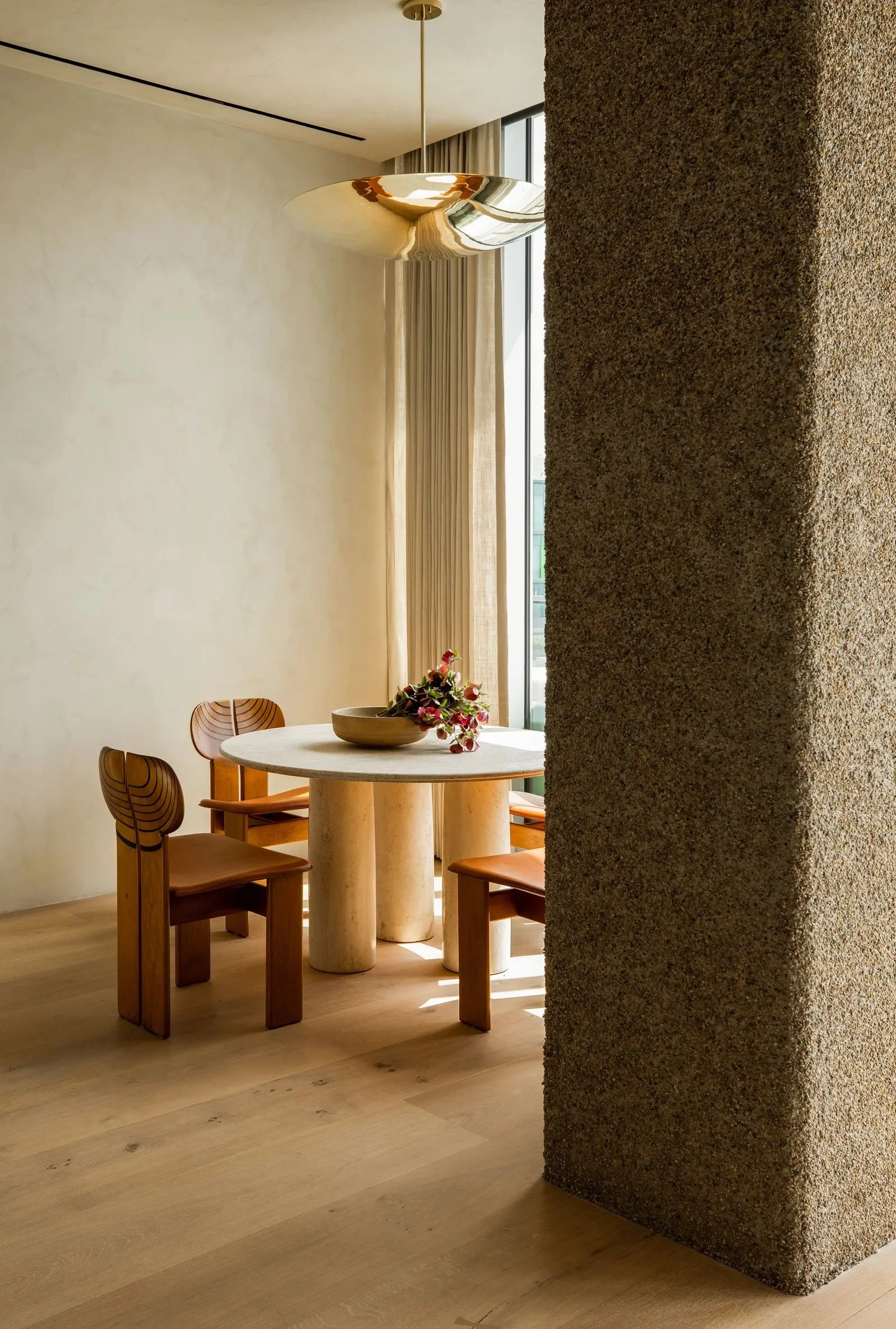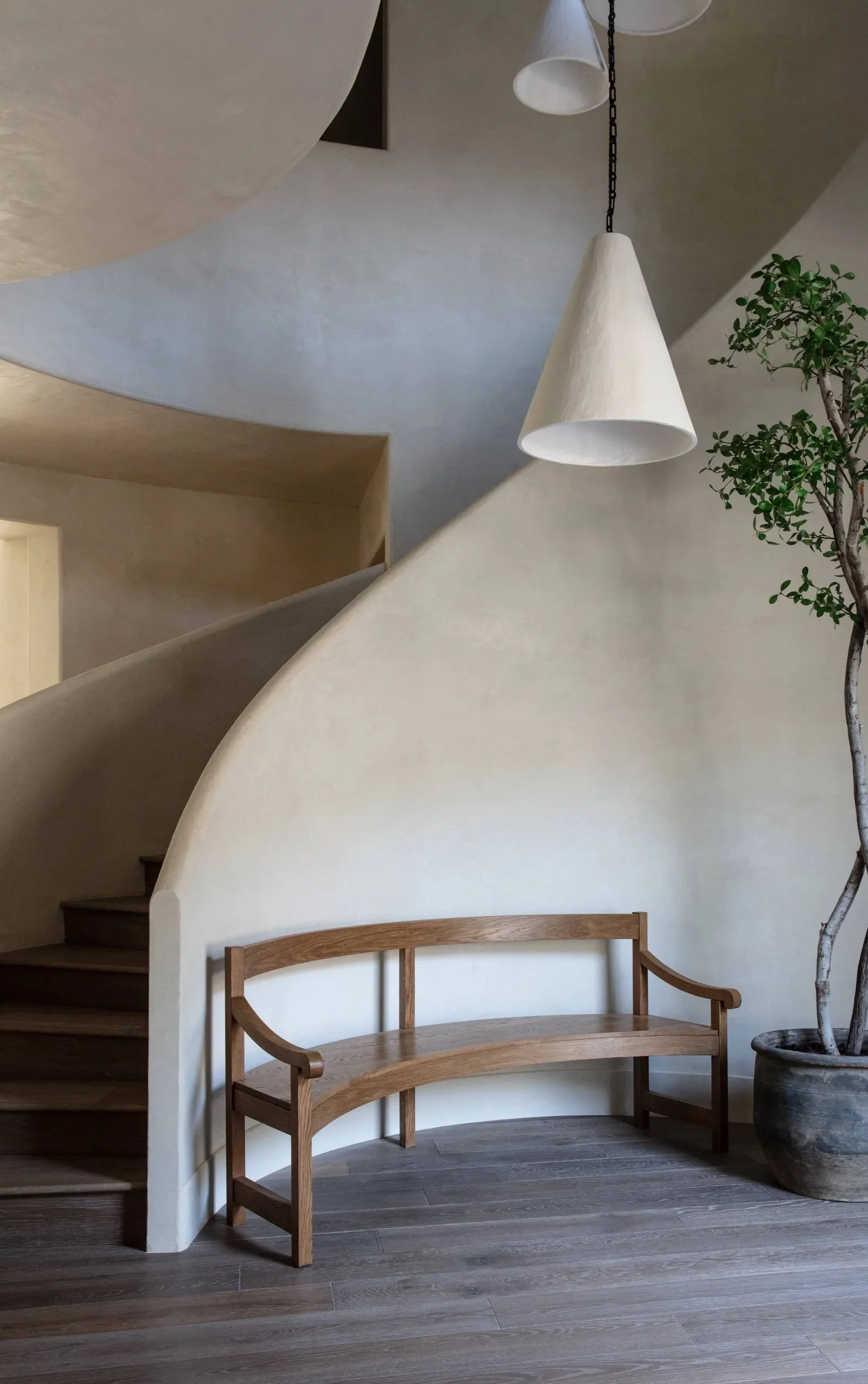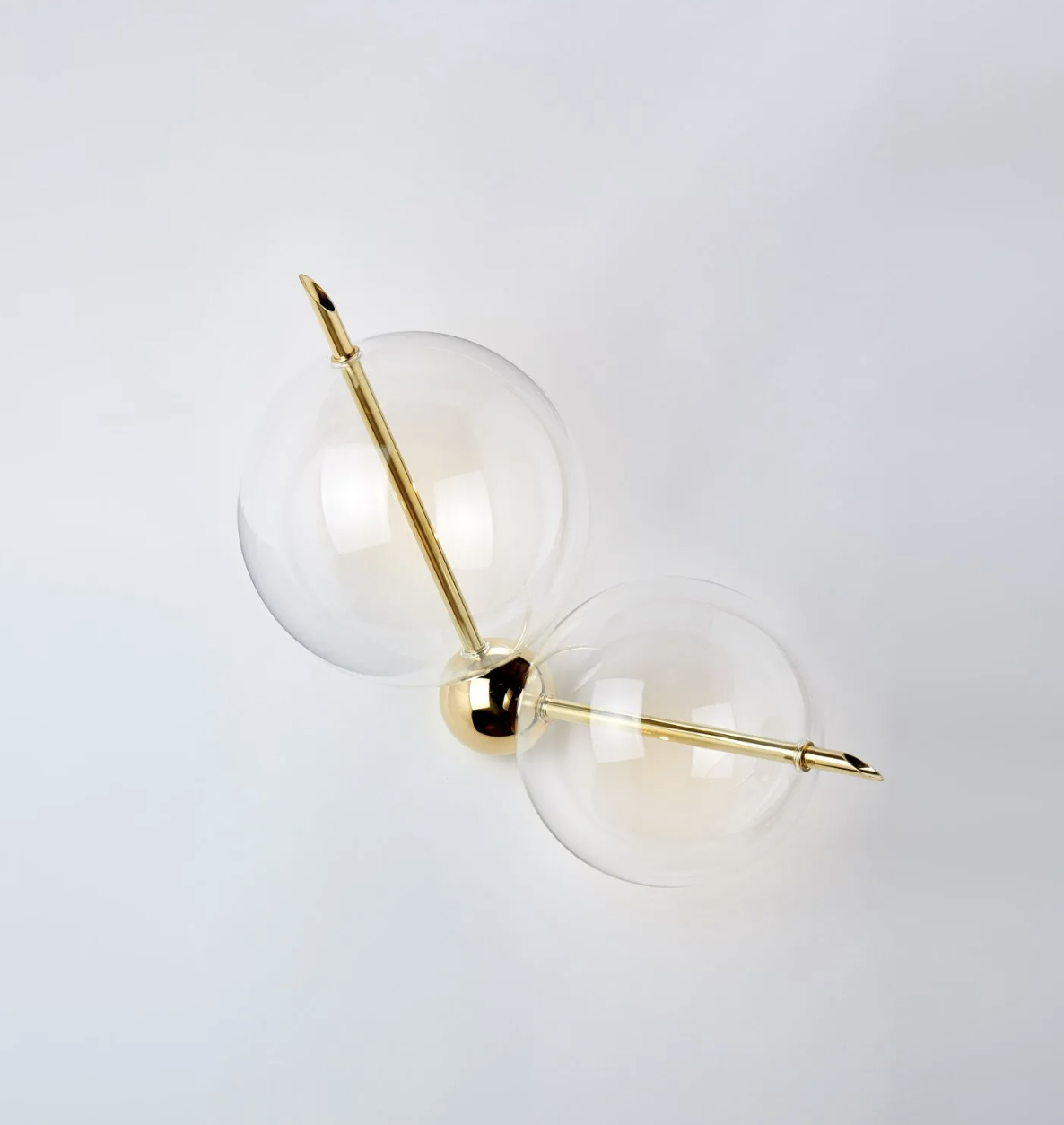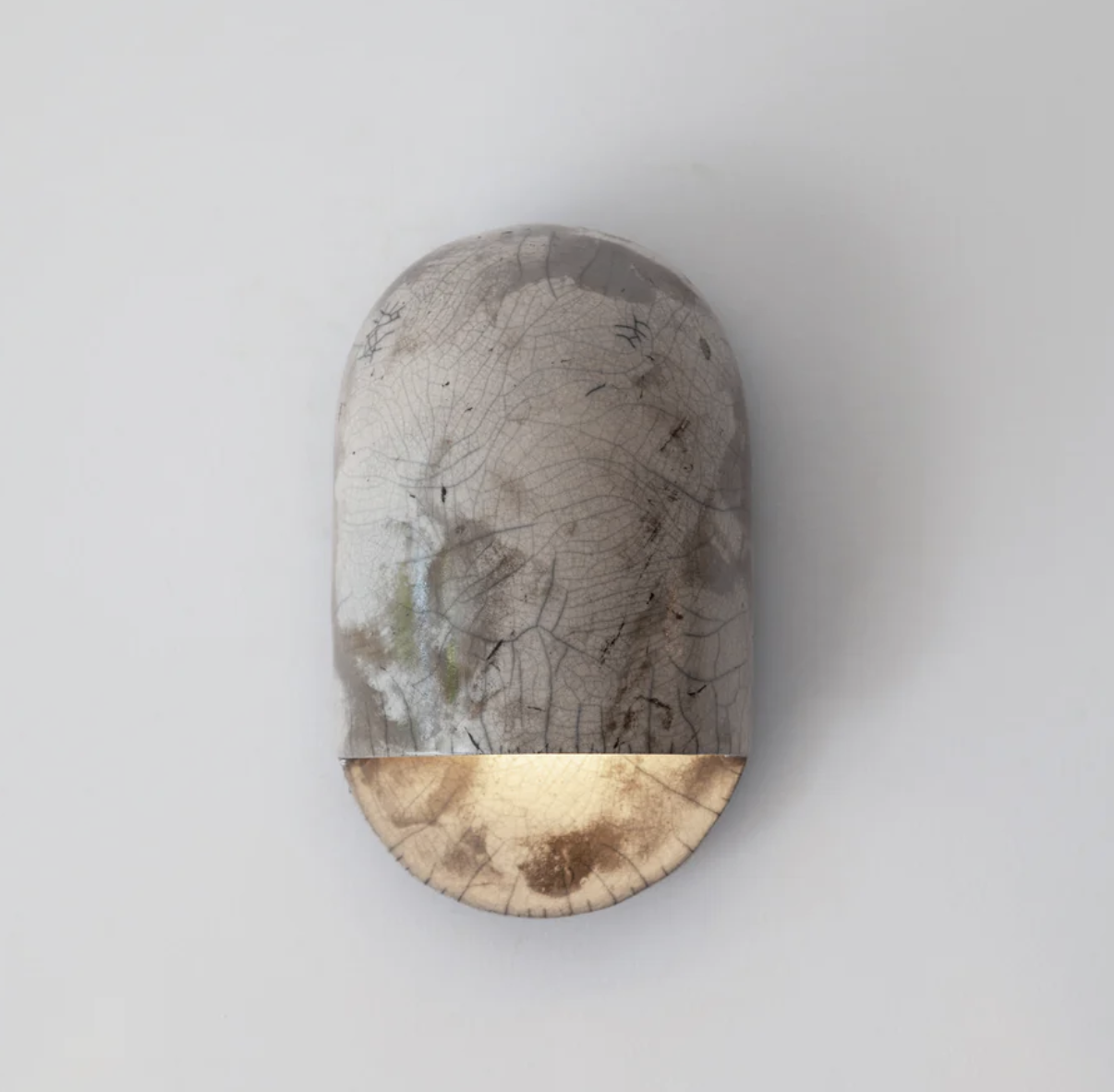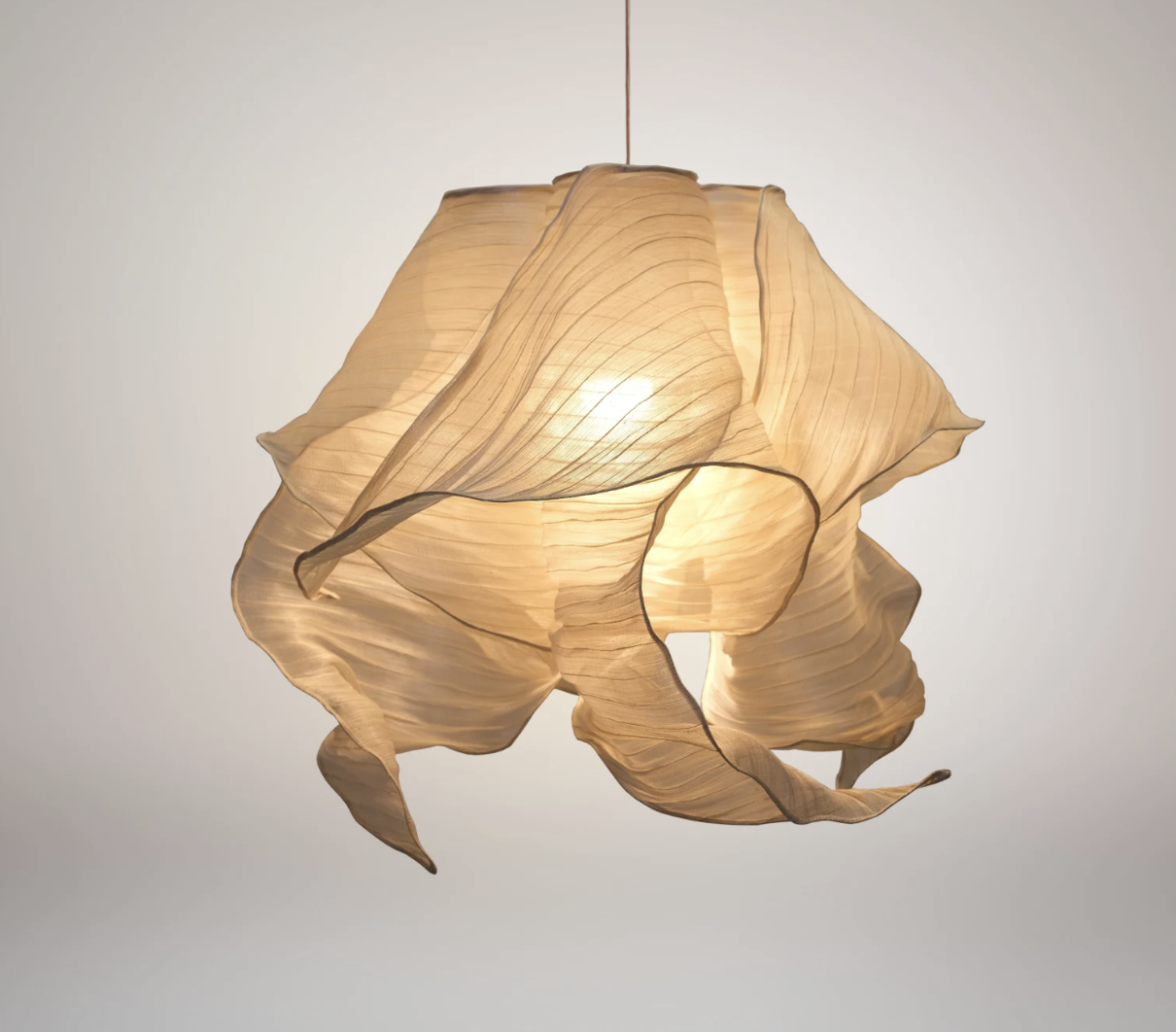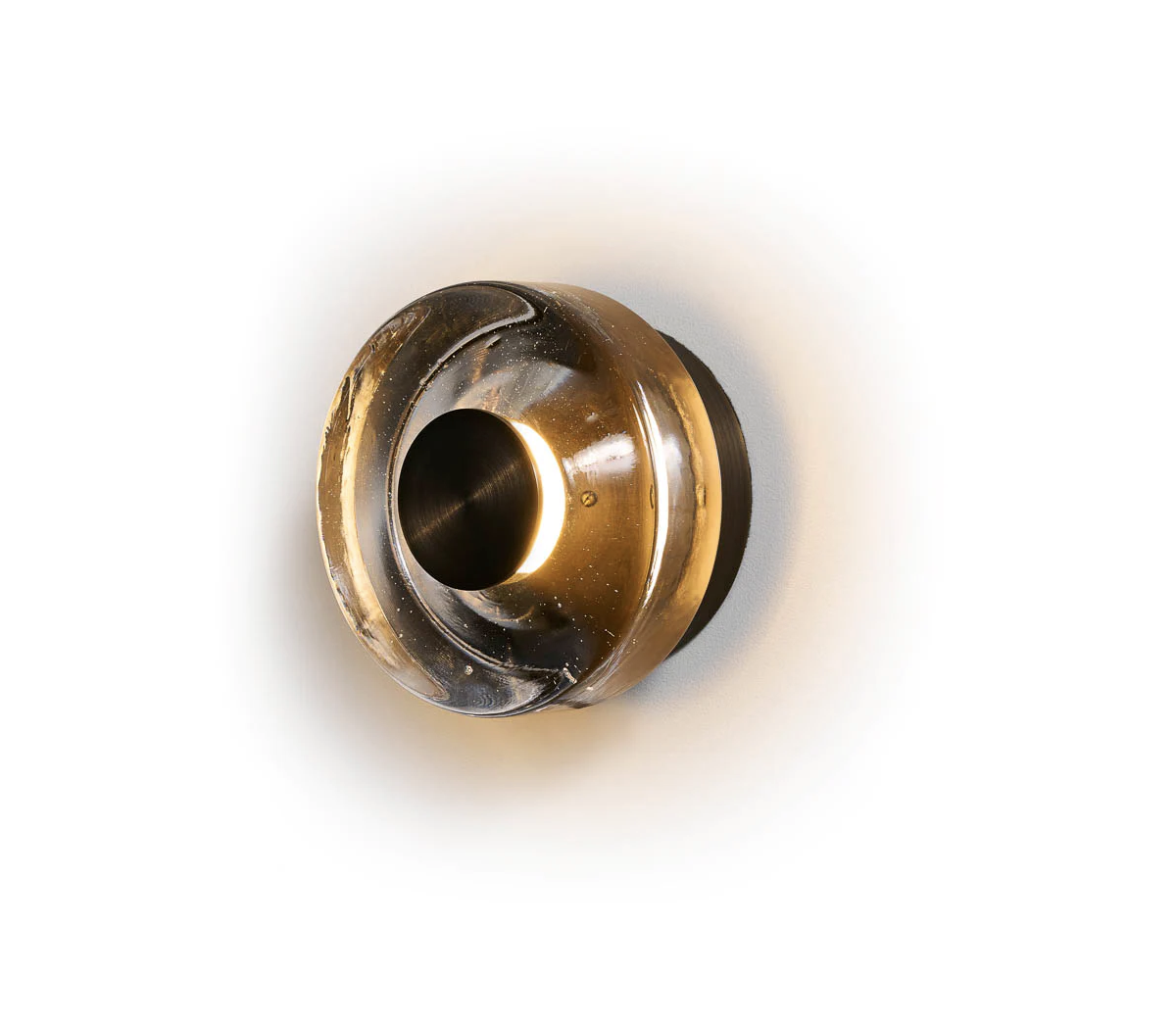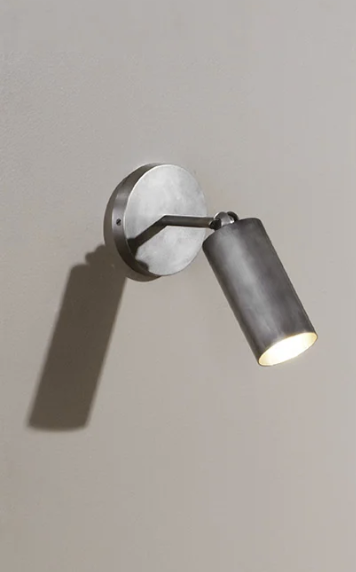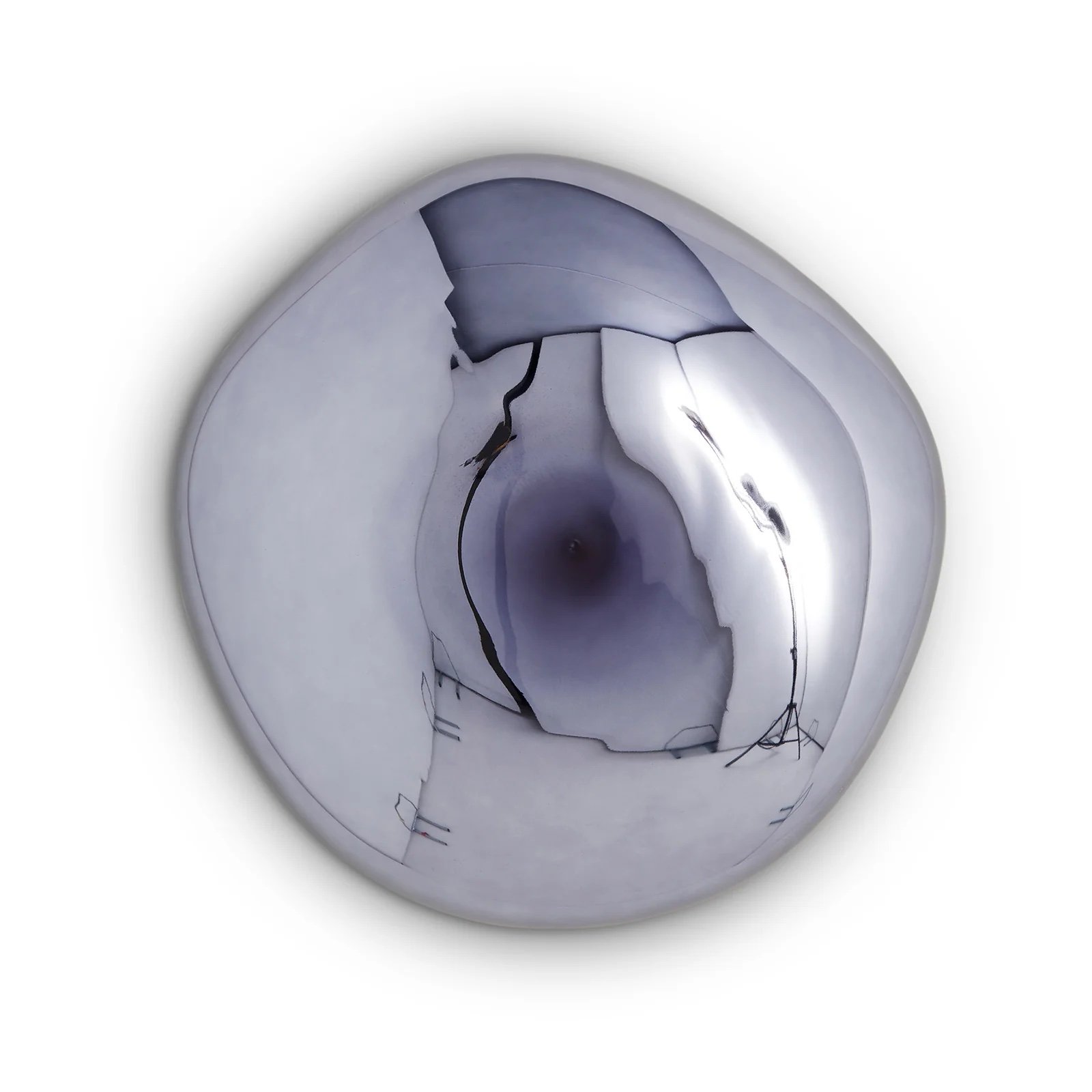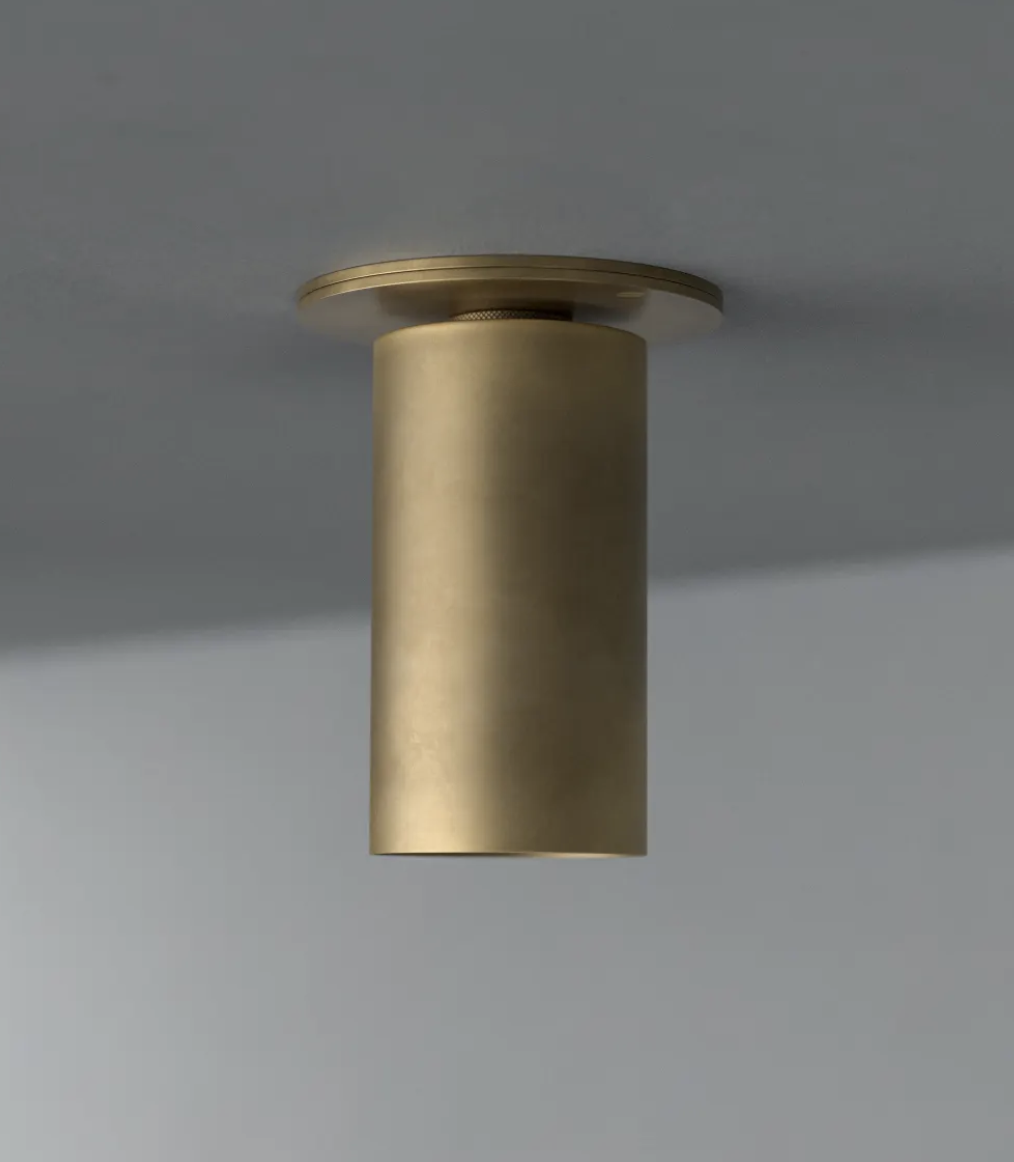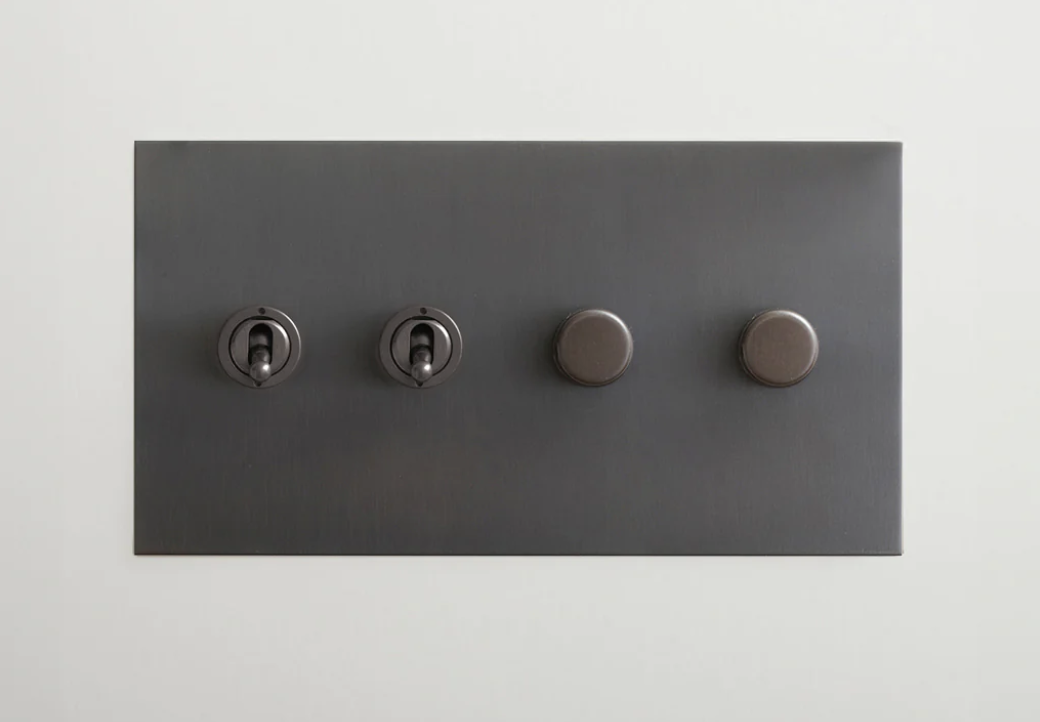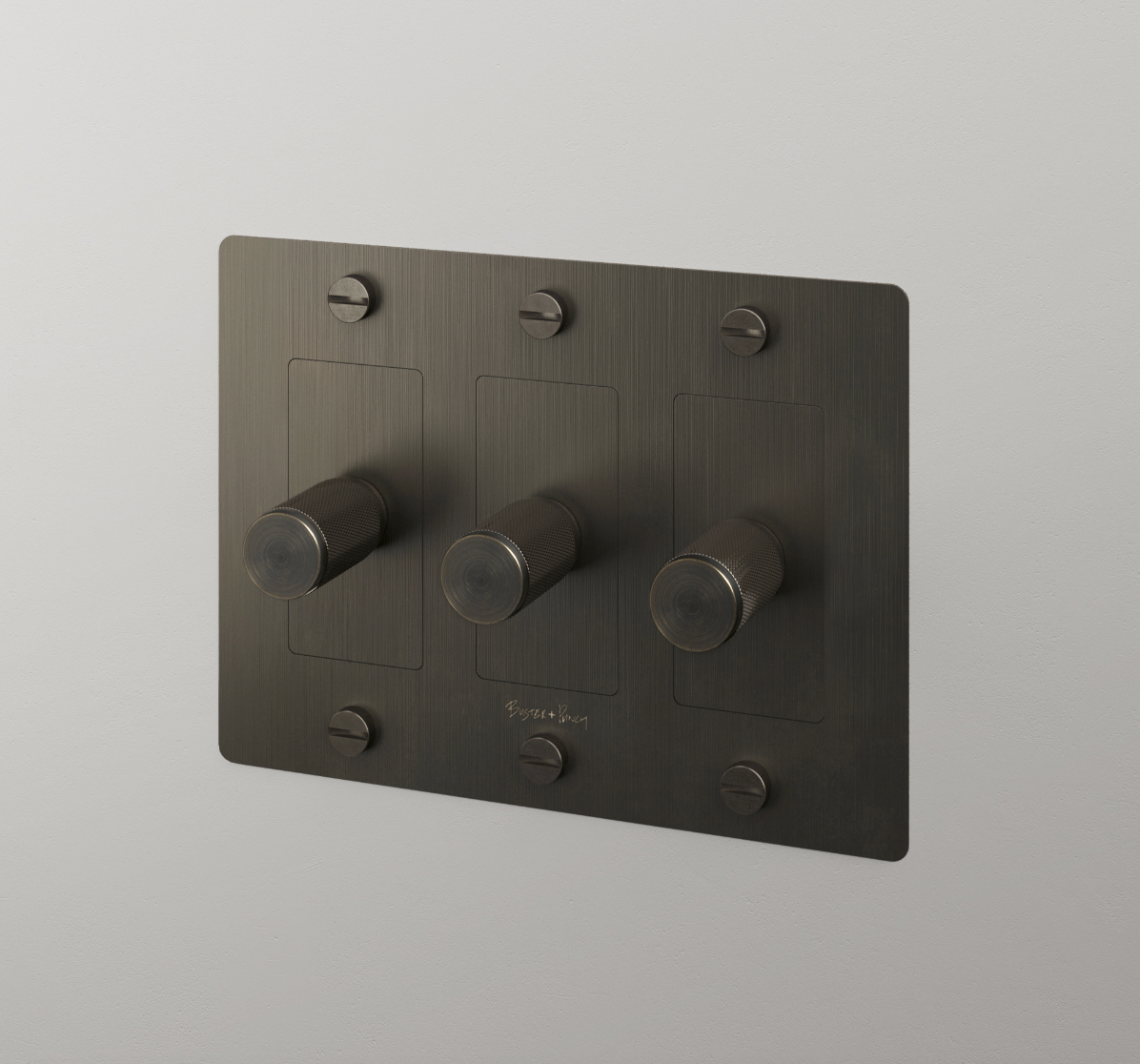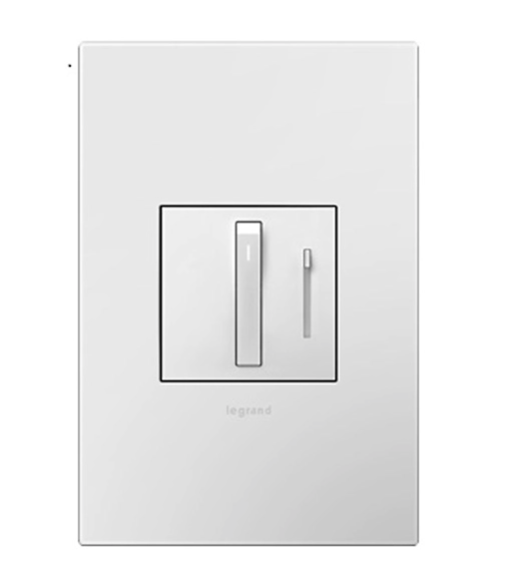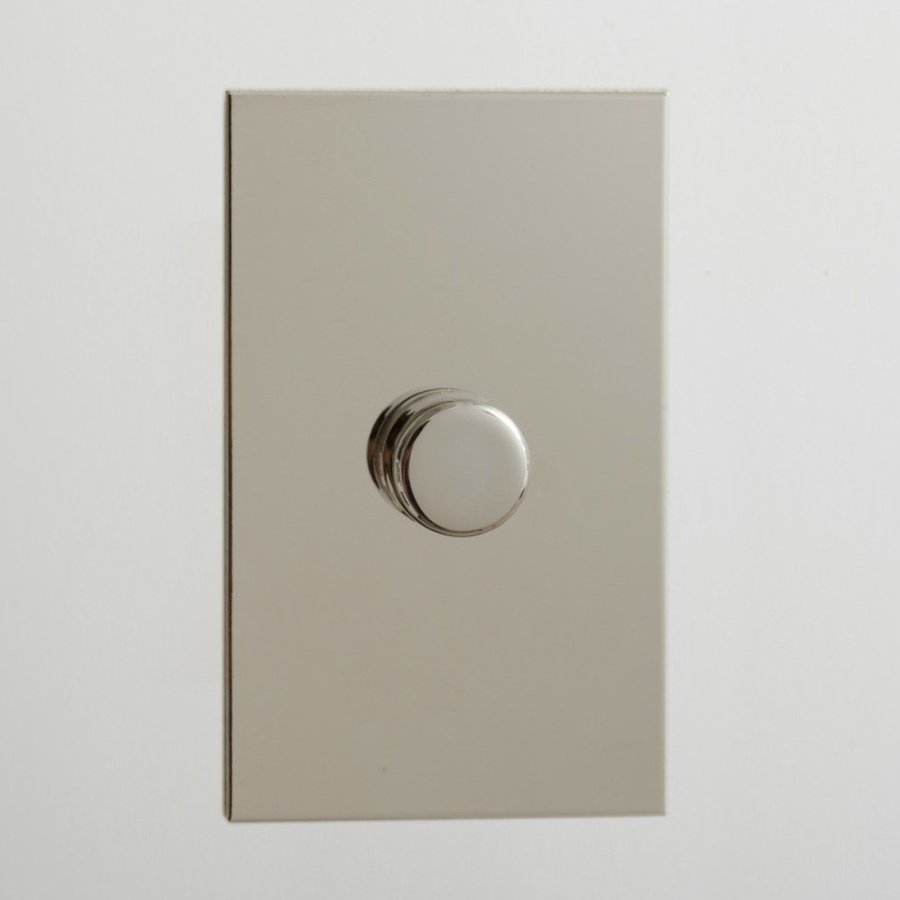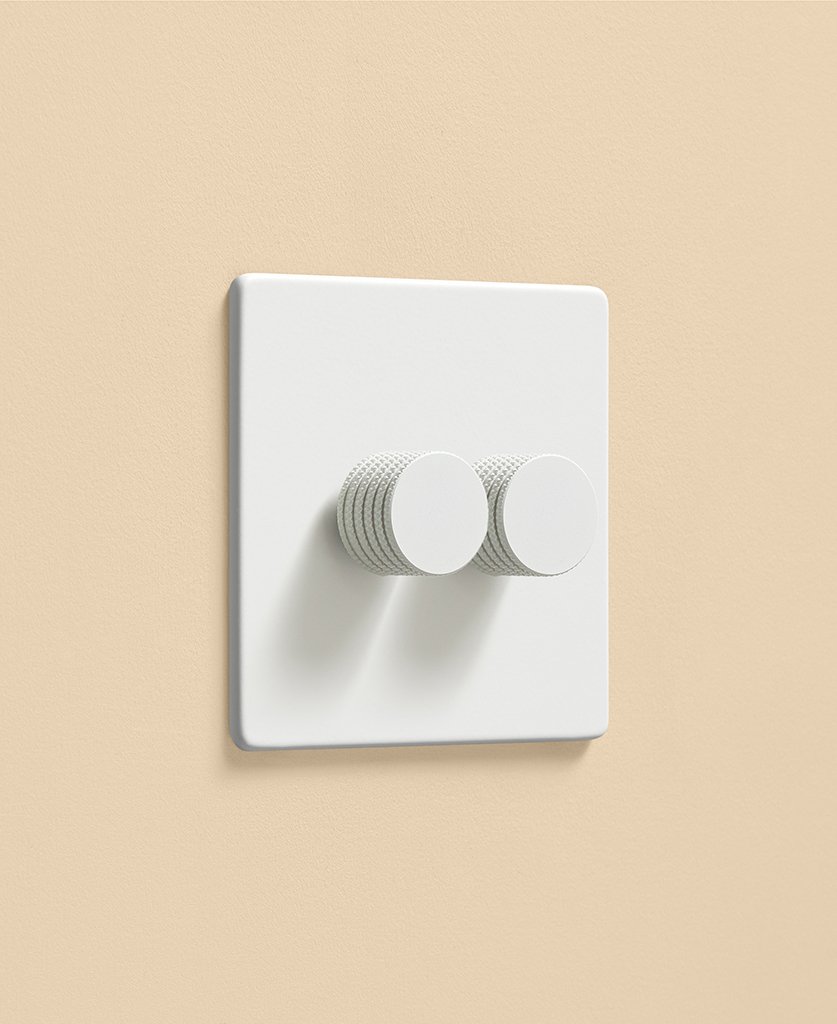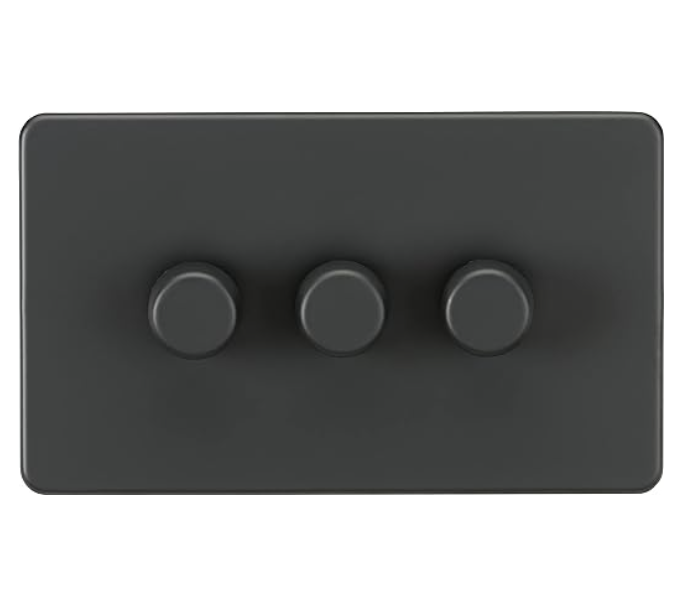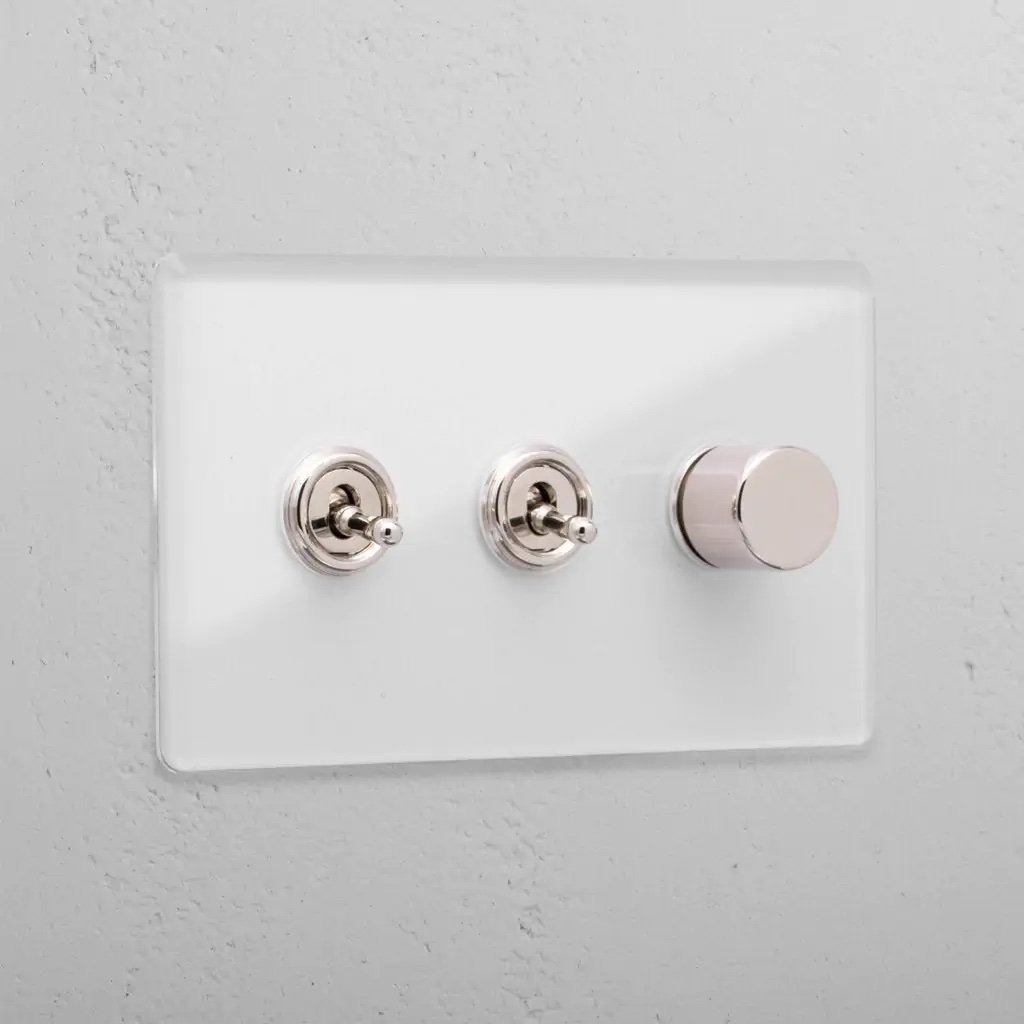Let’s Get Lit: Tips for Mastering Statement Lighting
Design by Ashe Leandro, Featured in Architectural Digest. Photography by Adrian Gaut
In the world of interior design, lighting takes the spotlight as the silent MVP capable of turning a dull space into an ambient and inviting interior. Statement lighting, among the array of options available, emerges as a powerful tool, not just for brightening up a room but also for making a bold style statement. Whether you're giving your living room, kitchen, or bedroom a makeover, incorporating statement lighting can be a game-changer. But before you embark on this illuminated journey, it's crucial to weigh a few key factors to ensure that your chosen lighting fixtures seamlessly align with your design vision and practical needs. Throughout this blog post, we'll delve into the essential considerations that will assist you in making well-informed decisions when integrating statement lighting into your living spaces.
1 | DEFINE YOUR STYLE
Begin by identifying your interior design style. Whether it's modern, traditional, transitional, or eclectic, understanding your style will help you narrow down the type of statement lighting that will best suit your space.
Design: Studio Life/Style
Design: Olivier Garcé and Clio Dimofski, Feature: Sight Unseen
2 | CONSIDER PLACEMENT
Determine where the focal point of the room should be. Statement lighting fixtures often work best as centerpieces over dining tables, in entryways, or in living room areas. Make sure the fixture is properly centered and at an appropriate height for the space.
Jay-Z’s Office featured in Architectural Digest. Design: Willo Perron, Photography: Shade Degges, Styled: Emily Bowser
Design: Jake Arnold, Photography: Michael Clifford
Design: Corinne Mathern
3 | CHOOSE UNIQUE DESIGNS
Look for lighting fixtures with unique and eye-catching designs. This could be in the form of a sculptural chandelier, a hand-blown glass pendant, or a custom-made piece. Ensure the fixture's design resonates with the overall style of the room.
Design: Ashe Leandro, Photography: Adrian Gaut
Design: Tali Roth
4 | CONSIDER THE FINISH
The finish of the lighting fixture should complement the room's color palette and other design elements. Polished finishes like chrome or nickel can provide a modern touch, while antique brass or aged bronze can add warmth and a sense of history.
5 | LAYER YOUR LIGHTING
Use statement lighting in conjunction with other types of lighting, such as articulating semi-flush can lights, recessed lights, sconces, floor and table lamps, to create layered lighting. This allows you to adjust the mood and ambiance of the room according to different occasions.
Design: Jake Arnold, Photography: Michael Clifford
Design: Athena Calderone
6 | USE DIMMER SWITCHES
Install dimmer switches for your statement lighting fixtures. This allows you to control the intensity of the light, making it suitable for various activities and settings, from bright for tasks to soft and inviting for relaxation.
7 | SET THE TONE
Lighting temperature plays a pivotal role in shaping the ambiance of a space. The color temperature of lighting influences the mood, atmosphere, and overall aesthetic of a room. Whether you opt for warm, cool, or neutral tones, each lighting temperature conveys a distinct vibe. Warm tones create a cozy and inviting feel, ideal for living rooms and bedrooms, while cool tones can enhance focus in workspaces. Striking the right balance ensures that your chosen lighting not only illuminates but also complements the intended style and functionality of the space, making it a crucial consideration for any design endeavor.
My personal preference is always 2700K for illumination in a home and very occasionally 3000K, but never beyond that temperature.
Image via Pinterest

